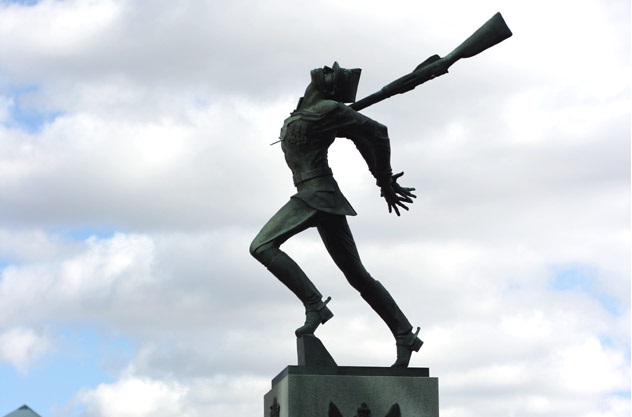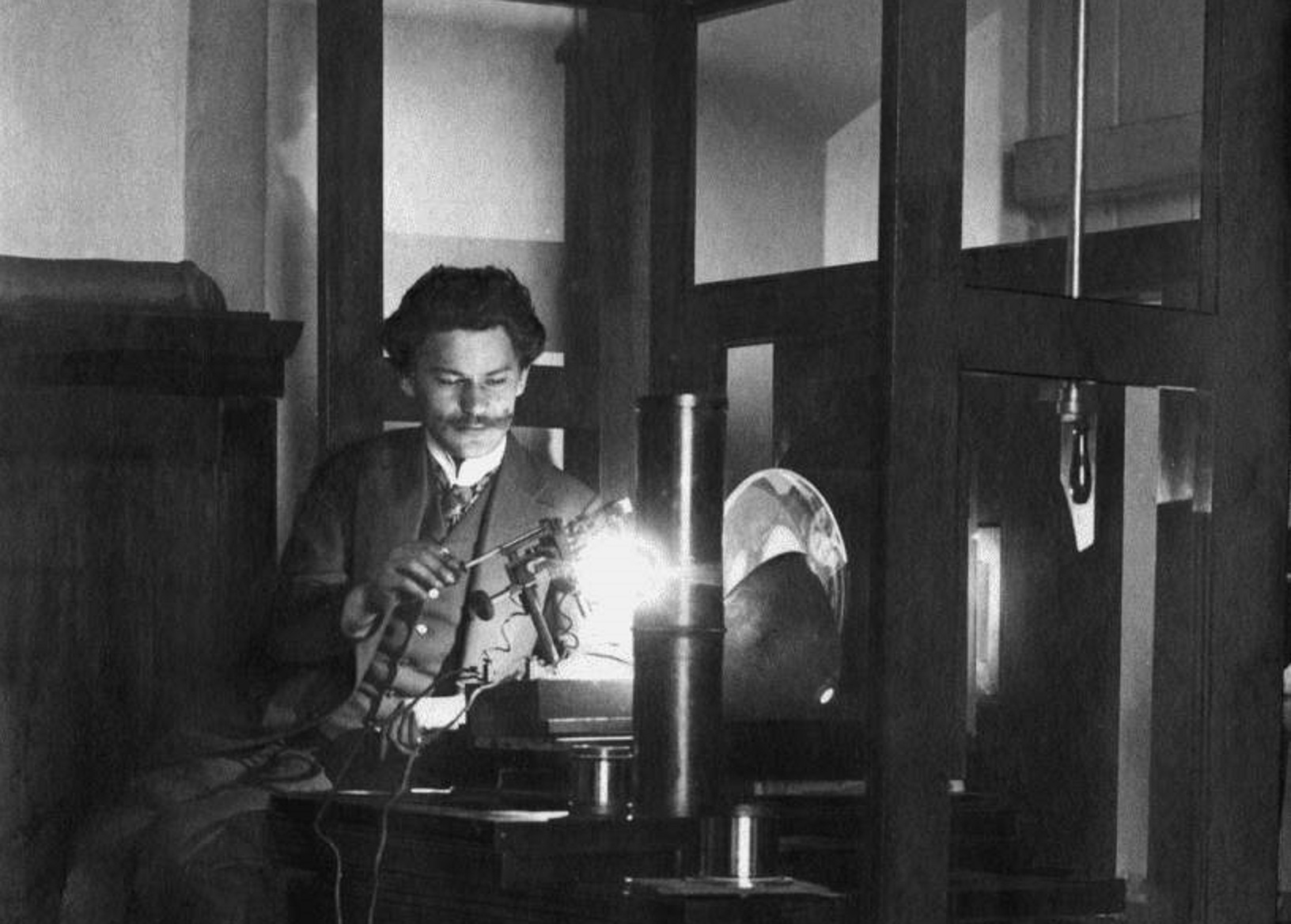In his new book, Tadeusz Wolsza returns to the terrifying Katyn massacre, focusing primarily on the intricate structure of an astonishing lie. Once again, he proves that perpetuating untruth has tragic consequences.
by Igor Niewiadomski
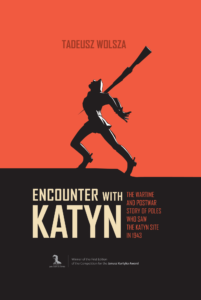
Author: Tadeusz Wolsza.
Translation: Teresa Bałuk-Ulewiczowa
Publisher: Carolina Academic Press, Durham, North Carolina, 2018
In the 2017 competition by the Janusz Kurtyka Foundation, the Polish version of the book was awarded first prize. Its main goal is to raise awareness about the history of Poland. In the introduction to the English edition, President of the foundation Paweł Kurtyka vividly discussed the challenge the author faced: “The Katyń affair is the story of a great lie that spread around the world and was designed to be perpetuated and established forever” [p. 7].
The Katyn massacre is one of the largest acts of genocide committed against the Polish nation in history. In spring 1940, as a result of the secret resolution of the All-Union Party (Bolshevik) Political Bureau, officers of the Soviet NKVD murdered over 21,000 Polish citizens. The victims were prisoners of war (mostly army and police officers) from camps in Ostaszków, Starobielsk and Kozielsk as well as Polish prisoners arrested in the eastern part of the Soviet Union. The bodies of the victims were buried in pits in places of execution in Minsk, Kiev, Kalinin, Kharkov and Katyn. The Katyn lie was born when the crime was committed – the Soviet authorities consistently denied it for half a century. It is no wonder then that Encounter with Katyn is based on current research on the Katyn lie (including works by Franz-Anon Kadell, Wojciech Materski and Jacek Tebinka).
On 13 April 1943, Berlin radio announced the discovery of mass graves of Polish officers. Therefore the starting point of Tadeusz Wolsza’s consideration is the analysis of the exhumation work coordinated by the Third Reich Committee for Katyn Affairs. It included not only Germans, but also representatives of the Reich’s satellite states, American and British prisoners of war, as well as representatives of the occupied countries – including Poles. The author focuses on presenting the fate of several dozen Poles who are representatives of this official delegation, members of Polish aid organizations officially operating in the occupied territories: the Polish Red Cross, the Central Welfare Council and the Polish Welfare Committee. There were also Polish journalists writing for newspapers controlled by the German occupier, delegates from employees’ association and Polish prisoners of war. Wolsza systematically tracks their actions and their range of attitudes – this is the main narrative axis of the work.
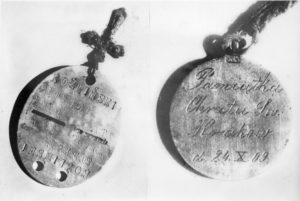
The characters of the book may be ambiguous, an excellent example of which is Władysław Kawecki who did a lot to spread knowledge about the Katyn massacre in the West. During the war he was writing extensively for Polish-language titles appearing under the auspices of the Third Reich (the so-called “gadzinówka”). They mostly used intrusive propaganda in order to disinform people in occupied Poland. To make matters even more difficult, let us add that almost everything indicates that Kawecki cooperated with the Polish Underground State, i.e. underground structures subordinate to the legal authorities of the Republic of Poland residing in London. Later, in order to “clean himself out” for collaboration with Germany, he was to gather information about the Katyn massacre for the Polish II Corps, fighting since 1943 alongside British and American troops. After the war, however, he cooperated with the communist Polish military special services. This complicated story can serve as a symbol of the tragic fate of a Poland marked by Katyn.
The story of Ferdynand Goetel, an outstanding journalist and screenwriter, is not easy either. Delegated to Katyn by the Polish Red Cross, at great risk to his life, he made copies of an official German document of the exhumation works. One of the documents reached Commander-in-Chief of the Home Army Stefan Grot-Rowecki. Before the outbreak of the Second World War, Goetel was pro-German, which contributed to groundless accusations of collaboration with Germany during the war. When, the Red Army occupied Poland in 1944-1945, Goetel fled to Italy, where he became a press officer of the Second Polish Corps. Until his death in 1960, he kept writing about the Katyn massacre.
From the beginning, the Polish government in London sought to clarify the facts of the Katyn massacre. Despite the extremely unfavorable political situation, Prime Minister Władysław Sikorski considered explaining the Katyn massacre as an element of Polish raison d’etat. However, on 25 April 1943, the Soviet Union treated the participation of Poles in the German Committee for Katyn Affairs as a convenient excuse for breaking diplomatic relations. Wolsza, describing the efforts of the Polish government to clarify the Katyn massacre, also shows how uncomfortable the topic of Katyn was for the Allies. Both the UK and US governments had consciously decided not to raise the Katyn issue in their relations with Stalin, assuming that the Kremlin’s friendship was necessary to defeat Germany. Only when the Special Commission in the US Congress to Investigate the Facts, Events and Circumstances of the Massacre in the Katyn Forest (the so-called Ray Madden Commission) was established, were they engaged in seeking the truth. But this did not happen until 1951.
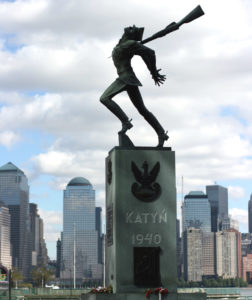
It is astonishing how much effort was put into consolidating the Katyn lie. A meticulous analysis of distorted facts of official messages and news issued by the Soviet authorities, and their absurd inventions, allows the reader to learn about a multilevel mechanism of manipulation. Soviet propaganda was undertaken by Polish communists – Wolsza describes it in a vivid manner based on extensive source materials, including Polish Radio. Moreover, dualism seems to be symbolic; on the one hand hypocritical documentaries, films, and propaganda books, and on the other – the extraordinary scale of repression against people associated in any way with the victims of the Katyn massacre. It perfectly shows how far the issue of the murder of Polish officers remained uncomfortable for the Kremlin. It took half a century for the USSR to officially acknowledge, on 13 April 1990, its responsibility for this crime.
An undoubted advantage of this erudite work is a thoroughly conducted archival query. The only clear weakness is the fact that Tadeusz Wolsza managed to reach Soviet sources only to a limited extent. Unfortunately, the Russian archives dedicated to Katyn remain largely inaccessible to historians. However, this does not change the fact that the unusually dramatic experience of the Poles, as presented by Tadeusz Wolsza, who were able to see Katyn death pits in 1943, constitute an important voice in any discussion on the history of the Second World War. He argues that the truth about Katyn had been uncomfortable for years, not only for the USSR and communists in power, but also, to a certain point, for Great Britain and the United States. Those who dared to fight for the truth about Katyn were ignored in the West, while in the East – at best – they were reduced to being called German collaborators. Wolsza’s work, despite being thoroughly historical, will be valuable reading not only for historians. It extensively presents the ruthless mechanisms of cynical propaganda and shows that, as a result of their actions, virtually every lie can be considered “truth” insofar as this is required by the interests of politicians who are in power.
Author: Igor Niewiadomski
Translation: Alicja Rose & Jessica Sirotin

